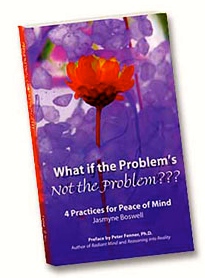Using Backstory and Flashbacks –
Backstory and flashbacks are two essential techniques used to enhance a story. They are also two of the trickiest methods to use effectively. When used correctly, they help the writer craft characters with rich histories. The most compelling novels deliver a clear sense of where the characters have been and how their past experiences color and drive events in the present.
But what’s the difference between a flashback and a backstory — and how do you know when to use each?
- Backstory reveals important information and history about a character. It also divulges a character’s personality and motivation and provides context for the momentum of the story.
- Flashbacks, on the other hand, are vivid memories that arise spontaneously or are provoked by an experience.
If you want to avoid the “all-too-familiar cliché” of a character dozing off or daydreaming and having to be jarred back to the present after a long recitation of past events, try instead to layer in backstory as the story evolves.
Backstory Example: Charles Dickens opens David Copperfield with expository backstory, yet he avoids bland info-dumping:
I was a posthumous child. My father’s eyes had closed upon the light of this world six months when mine opened on it. There is something strange to me, even now, in the reflection that he never saw me; and something stranger yet in the shadowy remembrance that I have of my first childish associations with his white grave-stone in the churchyard, and of the indefinable compassion I used to feel for it lying out alone there in the dark night when our little parlor was warm and bright with fire and candle […]
Flashback Example: 17 of Harry Potter and the Deathly Hallows. Using their psychic connection, Harry Potter sees a memory from Voldemort’s perspective of the night his parents were killed. This gives Harry a unique look into what happened the night his parents died because he sees it play out through their killer’s eyes.
Also, a great way to introduce backstory is with dialogue. I could give you many examples, but the best way to discover a good backstory is to pay attention when reading your next novel or memoir. If you feel jarred, notice that. If you become more interested in the character, notice that. If you get bored, notice that as well. I find this to be the best way to understand what works and what doesn’t.
Let me know what you find? I’d love to share it with other readers.
Enjoy!
Jasmyne



Dear mam,
This article is very much relevant to my research. Thanks a lot. I am in need of this. The ways u suggested to differentiate the backstory and flashback especially, backstory impressed me more. Thanks once again.
Hi Sathya,
I’m so glad the articles help you. Let me know if I can be of further assistance.
Best to you,
Jasmyne